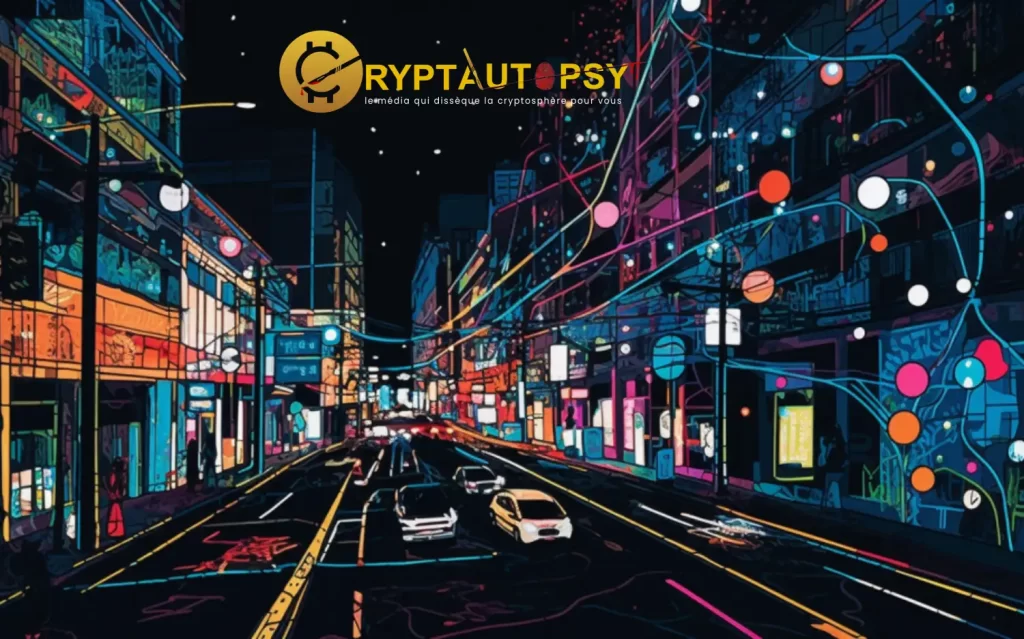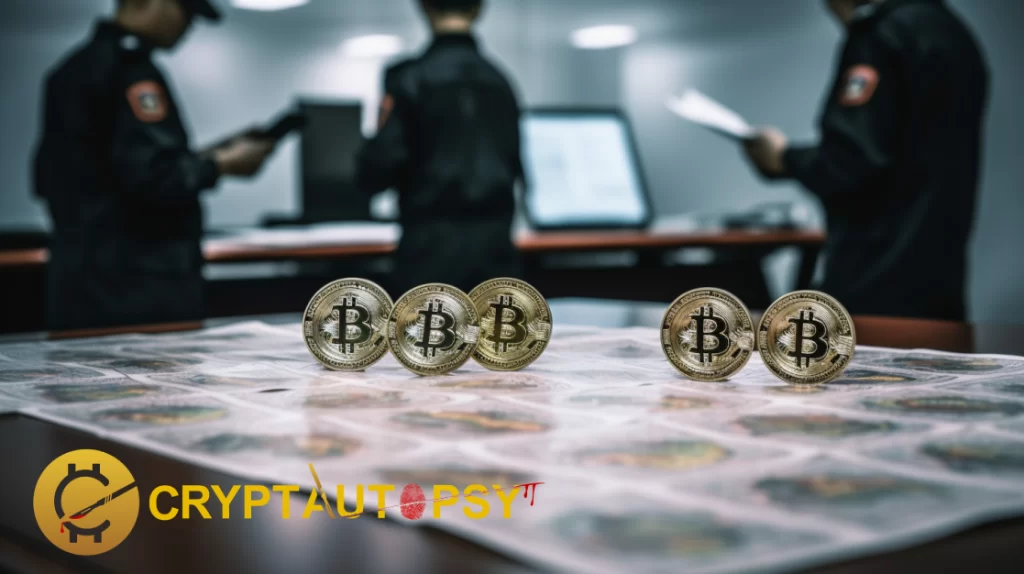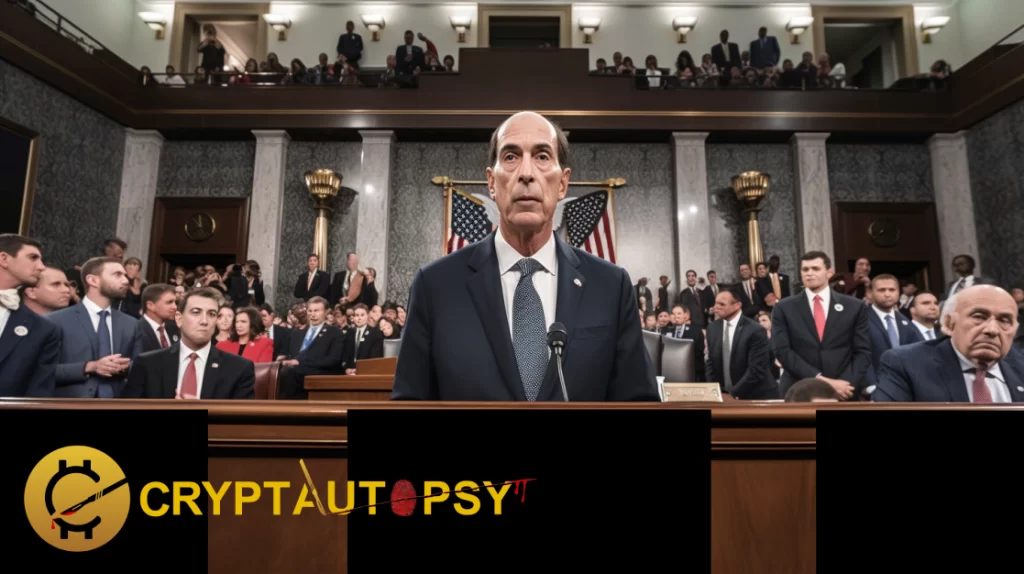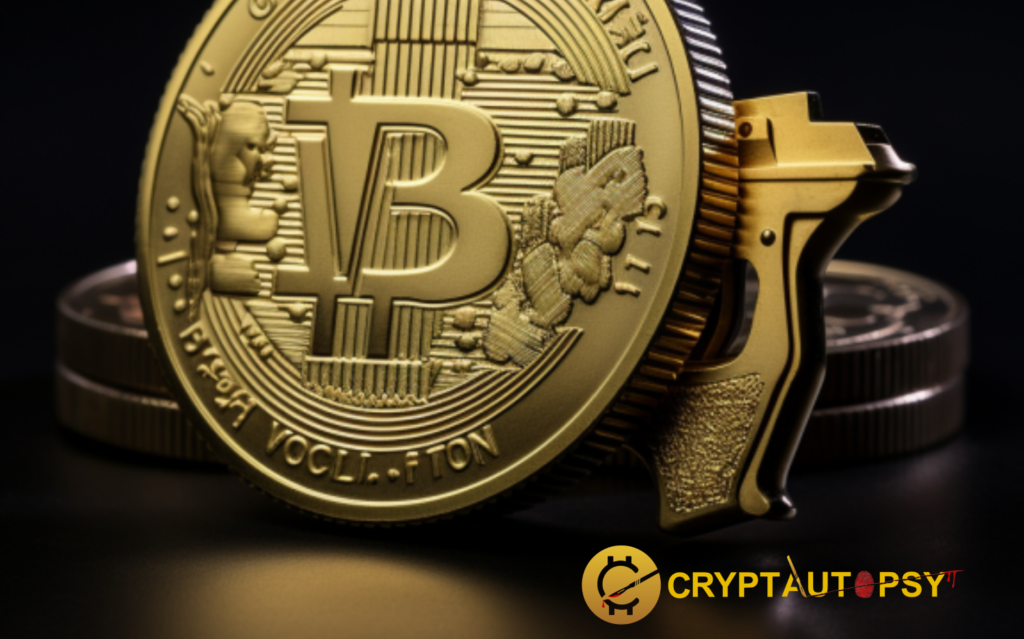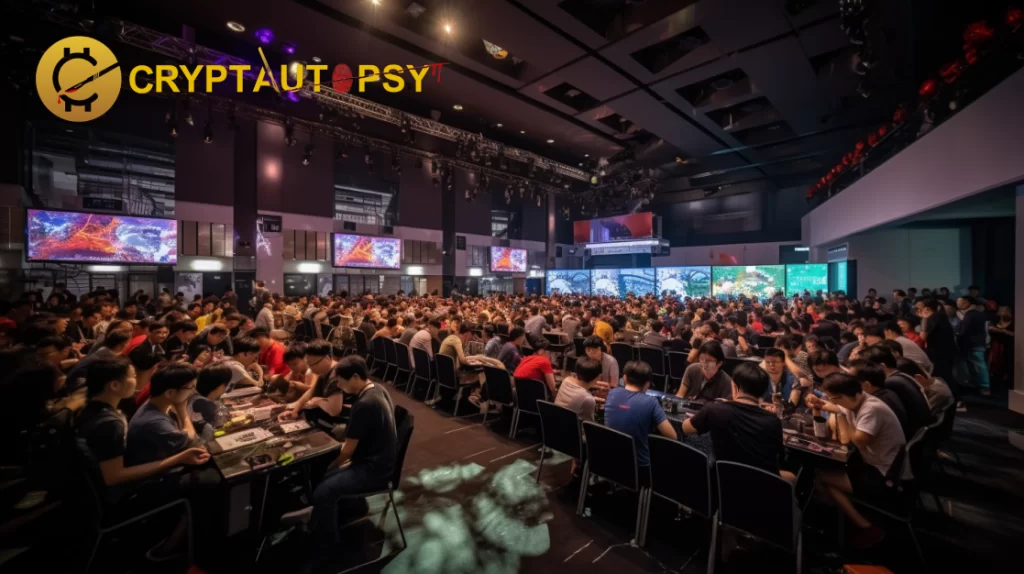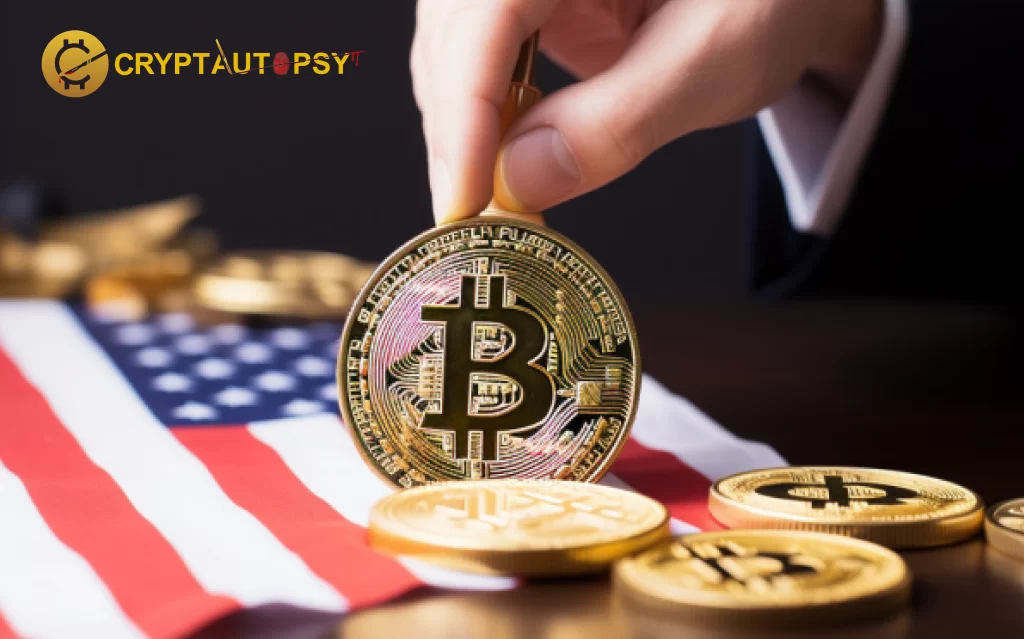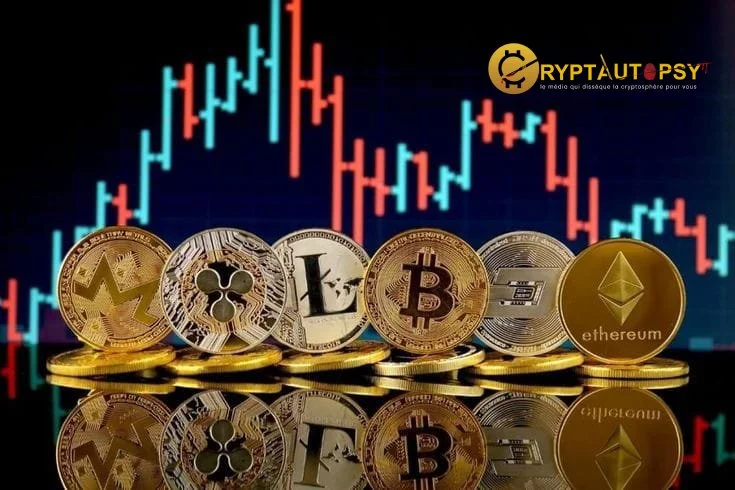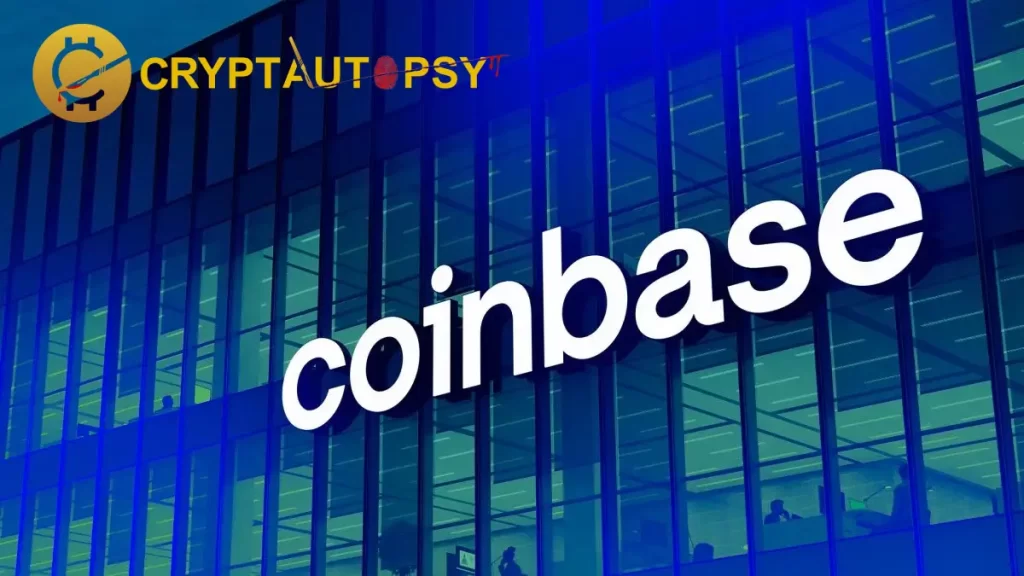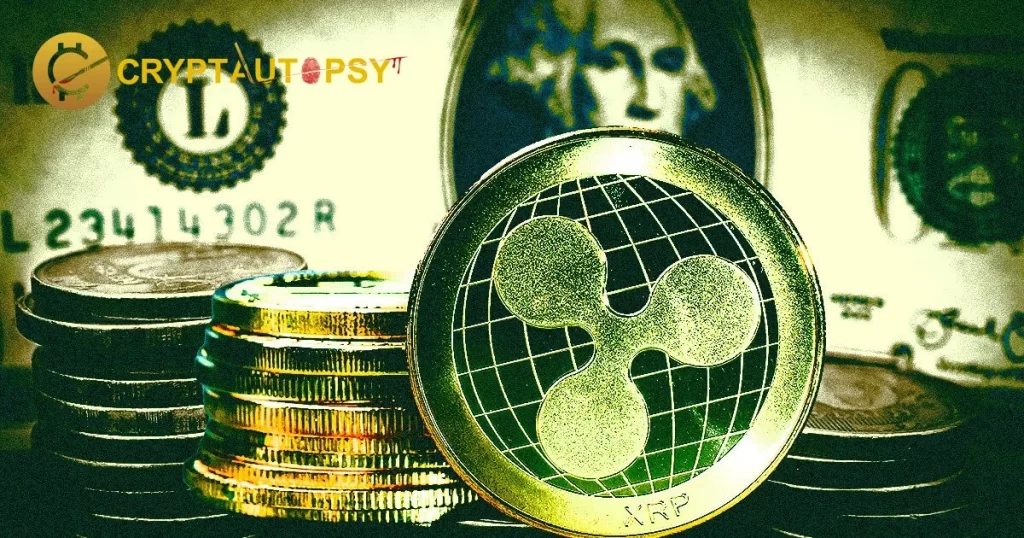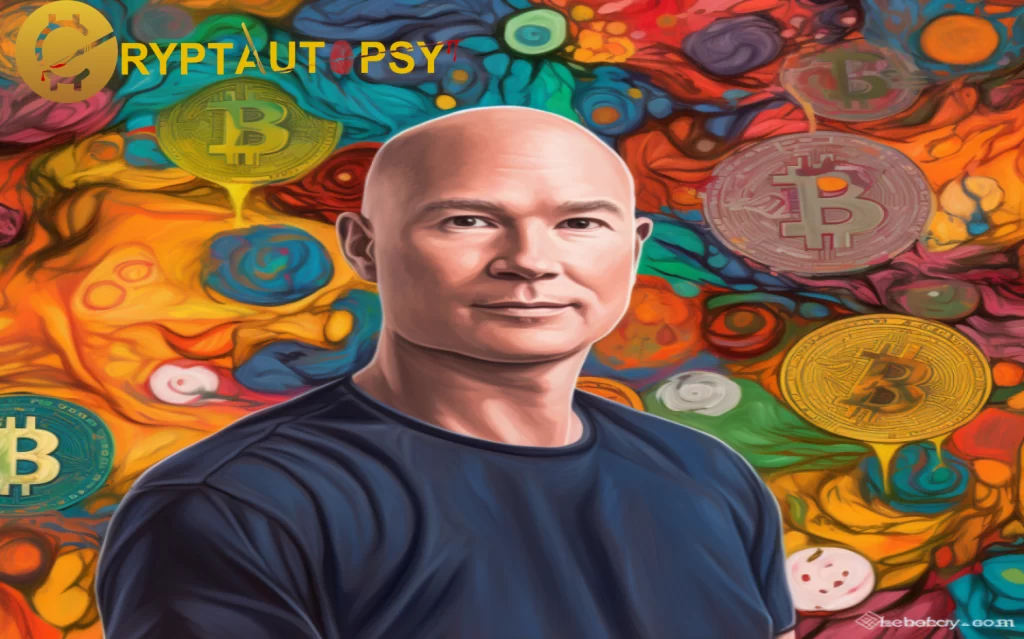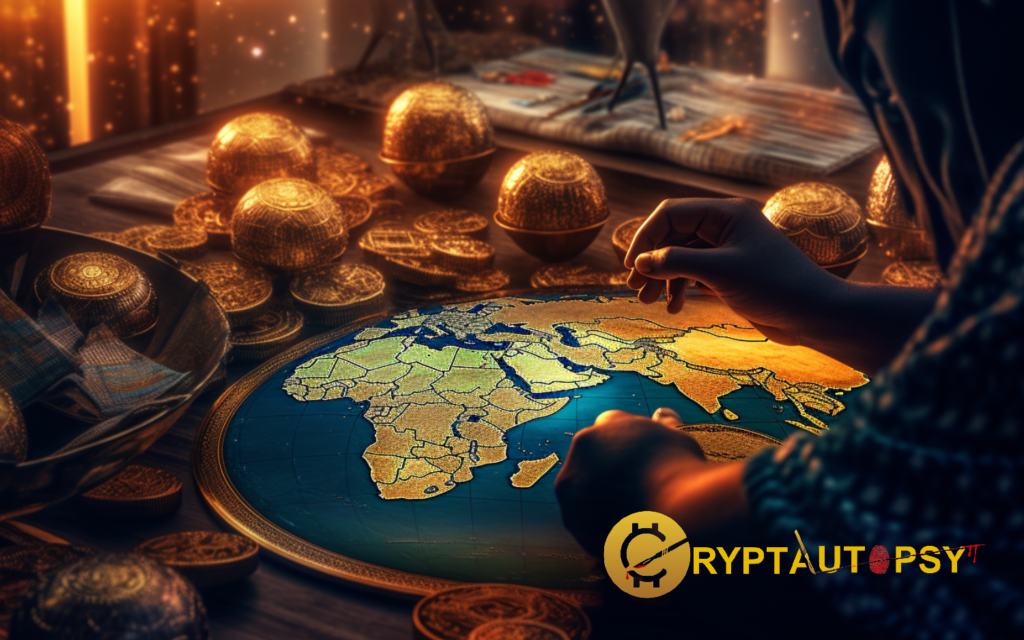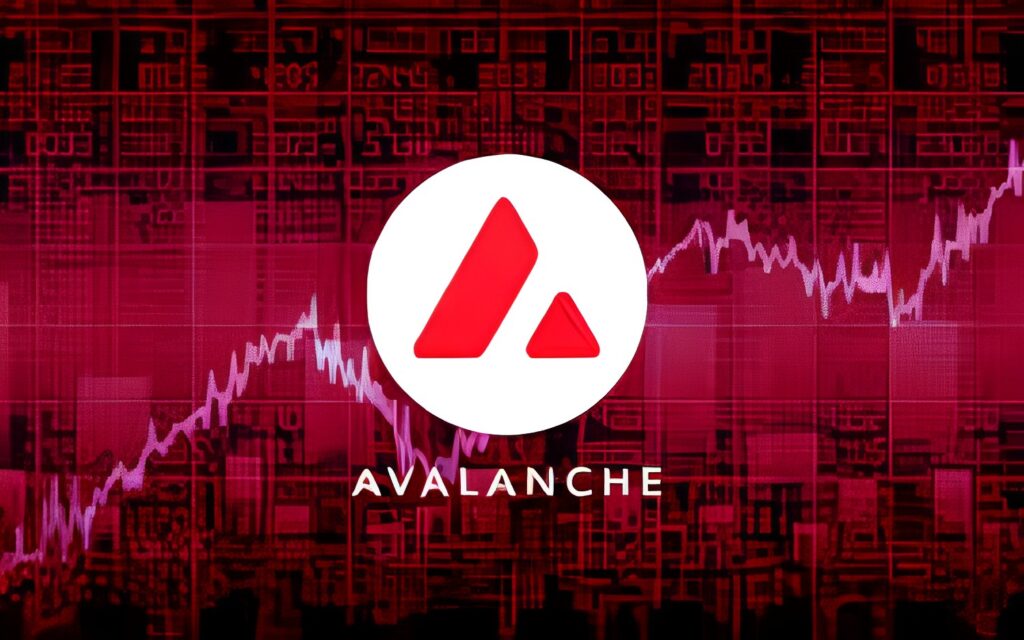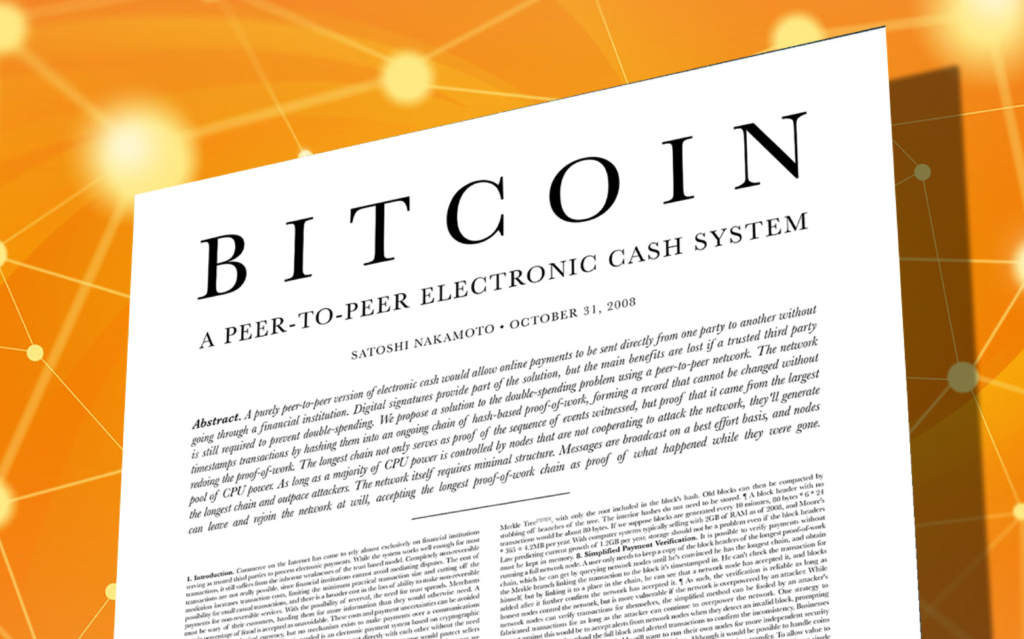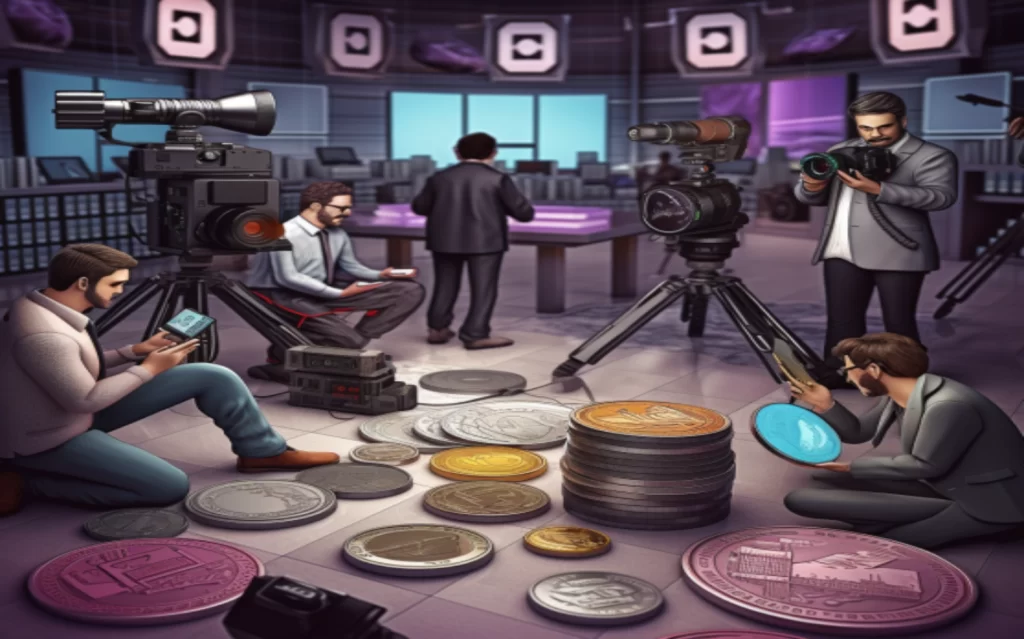Interview with Gleb Kostarev, Binance’s Regional Head for Asia: Insights into Crypto Regulation and Market Trends in Asia

Binance is a global cryptocurrency exchange that provides a platform for trading various cryptocurrencies. As Binance’s Regional Head for Asia, Gleb Kostarev is responsible for managing the company’s operations and expansion in Asia. In a recent interview with CP Media, Kostarev shared his insights on the specifics of crypto regulation in Asia, the characteristics of the crypto market in Asian countries, and Binance’s goals in the region.
Crypto Regulation in Asia: A Country-Specific Approach
When asked about the attitude of local authorities toward cryptocurrencies in Asia, Kostarev emphasized that each region and country has its own vision of regulation. In Southeast Asia, for example, countries like Malaysia, Thailand, and the Philippines already have licensing, while some countries have a gray area for cryptocurrencies. Overall, Asia takes a very specific approach to crypto, and there’s a transaction tax in some places.
However, Kostarev also noted that regulators in Hong Kong have taken the path of legalization rather than bans, and many companies are relocating there. Banks in Hong Kong have also announced their willingness to work with crypto companies. And just the other day, a court in Hong Kong ruled that they would treat cryptocurrency as a commodity. In Central Asia, most countries are just beginning to outline the framework of crypto regulation. Kazakhstan, for instance, is already issuing licenses, and Binance has obtained one.
Characteristics of the Crypto Market in Asia
Kostarev also spoke about the features of the cryptocurrency market in Asian countries. Futures are mostly banned or strictly regulated after the financial crisis, and local regulators have concerns about stablecoin trading. For example, South Korean exchanges don’t have pairs with USDT, and India and Indonesia have a transaction tax. Additionally, regulators are often wary of a large number of coins and have a certain list of cryptocurrencies that can be traded.
However, Kostarev also noted that GameFi is growing very strongly in Asia, and the Axie Infinity project is extremely successful in the Philippines. In Japan and Korea, the gaming industry is quite strong, and some companies plan to release Web3 games. Kostarev believes that in the next year or two, the local market will definitely feature blockchain games that will be played not only because they can generate crypto, but also because they have great gameplay.
Comparing Crypto Market Regulation in Asia, Europe, and the US
When asked about the peculiarities of crypto market regulation in the Asian region compared to Europe and the United States, Kostarev pointed out that each region has its own way of looking at crypto. In Europe, the approach to cryptocurrencies is more regulated, while in the United States, regulators are trying to understand how to regulate crypto and can’t decide whether it is securities or not.
Prospects for the Development of the Cryptocurrency Market in Asia
Kostarev believes that the development of the cryptocurrency market in Asia depends on regulation. As soon as regulators start to view cryptocurrencies positively, it immediately draws increased attention to jurisdictions. There are still countries in Asia where people have limited access to financial services, and crypto solves that problem. In Kostarev’s opinion, a lot of people in Asia have great potential and need to use cryptocurrencies.
Regarding the prospects for GameFi, Kostarev emphasized that the gaming industry is quite strong in Japan and Korea, and some Japanese companies plan to release Web3 games. He believes that in the next year or two, the local market will definitely feature blockchain games that will be played not only because they can generate crypto, but also because they have great gameplay.
The Role of CBDCs and Government Initiatives
CryptOstrich
Meet Oscar, a crypto-expert ostrich who transitioned from savannah to blockchain. He offers market analysis, OstrichTrade Signals via feather displays, and Savannah-Consulting services. Fond of desert-themed altcoins, marathon running, and studying blockchain whitepapers, Oscar connects with investors via messages tied to helium-filled balloons drifting towards the savannah.











